News
How to install TWRP and Root Galaxy S22 Ultra
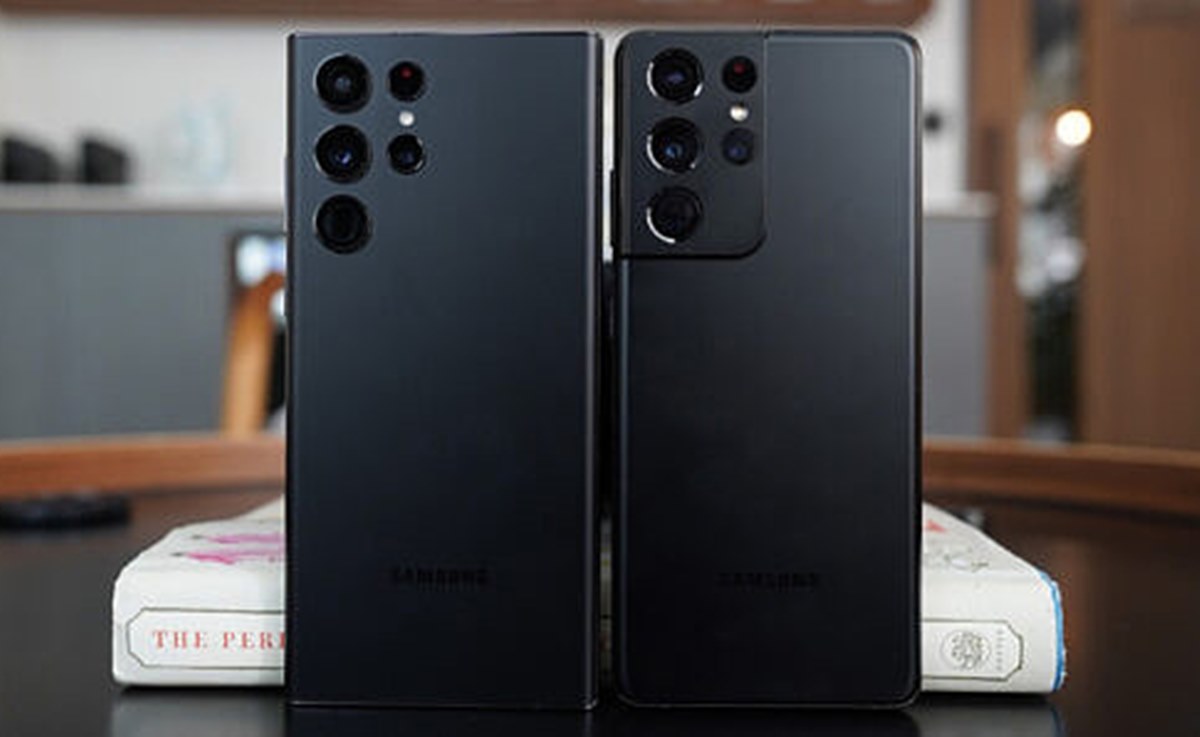
This guide will show you how to install TWRP and Root Galaxy S22 Ultra. TWRP is a custom recovery for Android devices. It allows you to install custom ROMs, kernels, mods, roots, and other third-party applications. Rooting gives you full control of your device. You can install any compatible software, tweak system settings, and even overclock your processor. WARNING: Rooting voids your warranty. This guide is for advanced users only. We are not responsible for any damage to your device. Follow the steps below carefully.
Advantages of Root Galaxy S22 Ultra
There are many advantages to installing TWRP and rooting your Galaxy S22 Ultra. Perhaps the most obvious advantage is that it gives you complete control over your device. With a rooted device, you can install any software you want, including custom ROMs and mods that are not available on non-rooted devices.
Another advantage of installing TWRP and rooting your Galaxy S22 Ultra is that it allows you to tweak and customize your device to your heart’s content. For example, with a rooted device, you can change the way your interface looks, increase or decrease the speed of your processor, or even overclock your device for better performance.
Finally, rooted devices also have access to the vast majority of root-only apps and features that are simply not available on non-rooted devices. So if you want to get the most out of your Galaxy S Ultra, then installing TWRP and rooting it is definitely the way to go.
Disadvantages of Root Galaxy S22 Ultra
If you’re looking to root your Galaxy S22 Ulta, you’ll need to install TWRP first. Here’s a detailed guide on how to do that. However, before you proceed, there are a few disadvantages you should know about.
Firstly, rooting will void your warranty. So if you encounter any issues with your phone after rooting, you won’t be able to claim warranty. Secondly, there’s a slight risk of bricking your phone while installing TWRP or rooting. However, as long as you follow the instructions carefully, this shouldn’t be an issue. Finally, once you root your phone, you won’t be able to receive OTA updates from Samsung anymore.
Keep these disadvantages in mind before proceeding with the rooting process.
How to Download TWRP in Galaxy S22 Ultra?
If you want to root your Galaxy S22 Ultra, you’ll need to first install a custom recovery like TWRP. This process can seem a bit daunting, but we’ll walk you through it step-by-step.
To start, you’ll need to download the TWRP image for your device. You can find this on the TWRP website. Once you have the image file, you’ll need to transfer it to your device. The easiest way to do this is by using a USB cable.
Once the image is on your device, you’ll need to boot into Recovery Mode. To do this, power off your device and then press and hold the Volume Up + Power buttons simultaneously. After a few seconds, you should see the TWRP logo on your screen.
From here, select the “Install” option and then navigate to the TWRP image file that you transferred earlier. Select it and then swipe right to confirm the installation. After a few minutes, TWRP will be installed on your device!
How to install TWRP in Galaxy S22 Ultra
If you’re looking to root your Samsung Galaxy S22 Ultra, then you’ll need to install a custom recovery like TWRP. This process isn’t too difficult, but it does require a few steps.
Before you begin, you’ll need to make sure that you have the following:
- A Samsung Galaxy S22 Ultra
- A PC with USB debugging enabled
- A compatible USB cable
- The latest version of TWRP for your device
Once you have everything, you can begin the process of installing TWRP on your Galaxy S22 Ultra. Here’s how:
- Download the latest version of TWRP for your device from the official website.
- Connect your Galaxy S22 Ultra to your PC using the USB cable.
- Enable USB debugging on your device by going to Settings > About Phone > Software Information and tapping on the Build Number 7 times. This will enable Developer Options in the Settings menu.
- In the Developer Options menu, scroll down and enable USB Debugging.
- Now open a command prompt or terminal window on your PC and navigate to the folder where you downloaded TWRP.
- To check that your device is properly connected, type the following into the command prompt: adb devices
- If everything is working properly, you should see your device’s serial number in the list of connected devices.
- Now type the following into the command prompt to install TWRP on your Galaxy S22 Ultra: adb push path.
How to enable Ethernet tethering on Samsung Galaxy S22 Ultra smartphone
News
How to take Screenshot On Samsung Galaxy A54
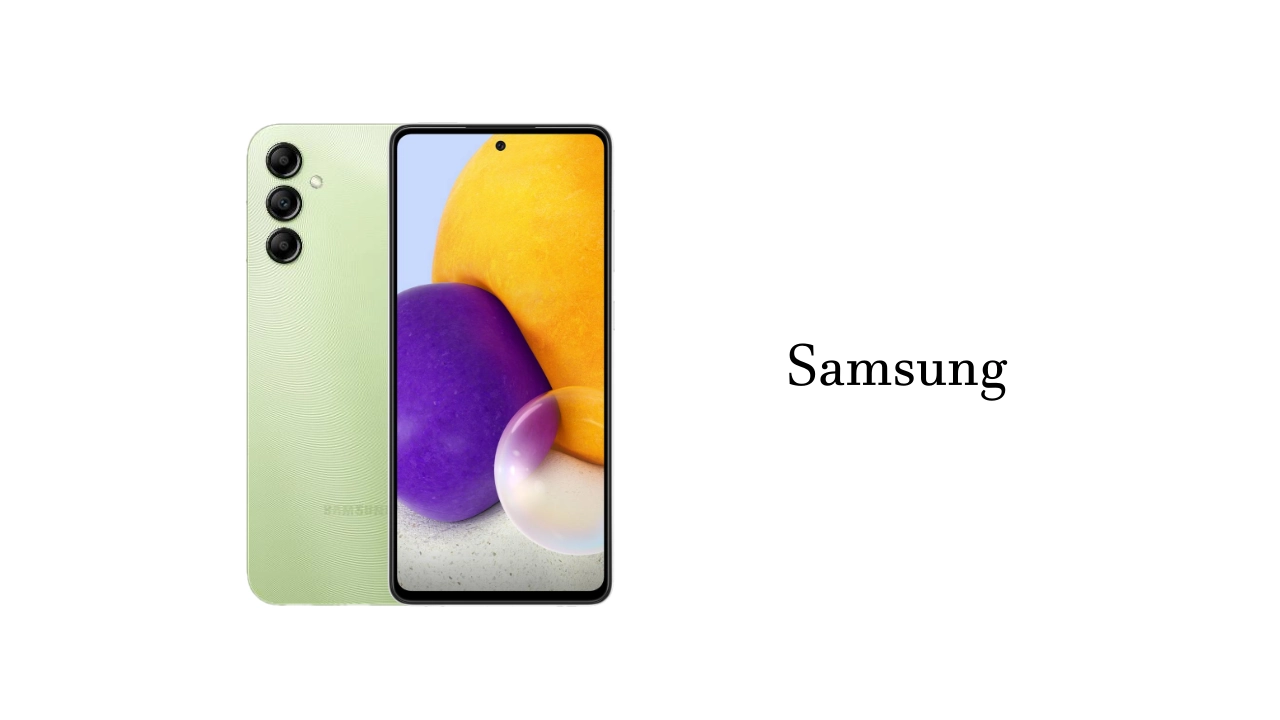
Taking screenshots on our smartphones is becoming increasingly common and has become an invaluable part of our technology lives. But do you know how to take a screenshot on your Samsung Galaxy A54?
Whether you’re trying to capture a text conversation with a friend or just need to grab something quickly from the internet, we’ve got you covered with this step-by-step guide. Keep reading to find out how easy it is to take screenshots on your Samsung Galaxy A54!
How to take a screenshot using the physical buttons
- To take a screenshot using the physical buttons, simply press and hold the power button and the volume down button at the same time.
- The screen will flash, indicating that a screenshot has been taken.
- You can find the screenshot in your gallery app.
How to take a screenshot using Palm Swipe
Palm Swipe is a feature that allows you to take a screenshot on your Galaxy S23 Ultra by swiping the edge of your hand across the screen. To use Palm Swipe, follow these steps:
- Enable Palm Swipe: Go to Settings > Advanced features > Motions and gestures. Enable Palm swipe to capture.
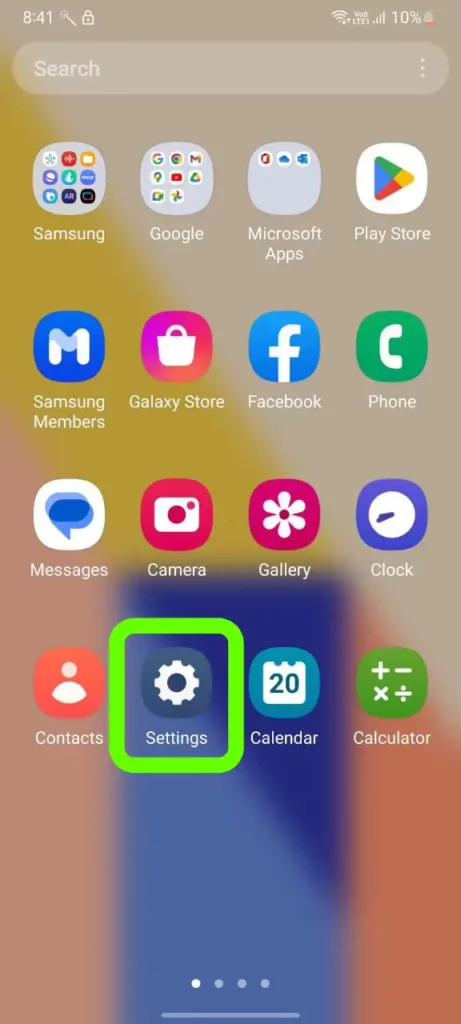
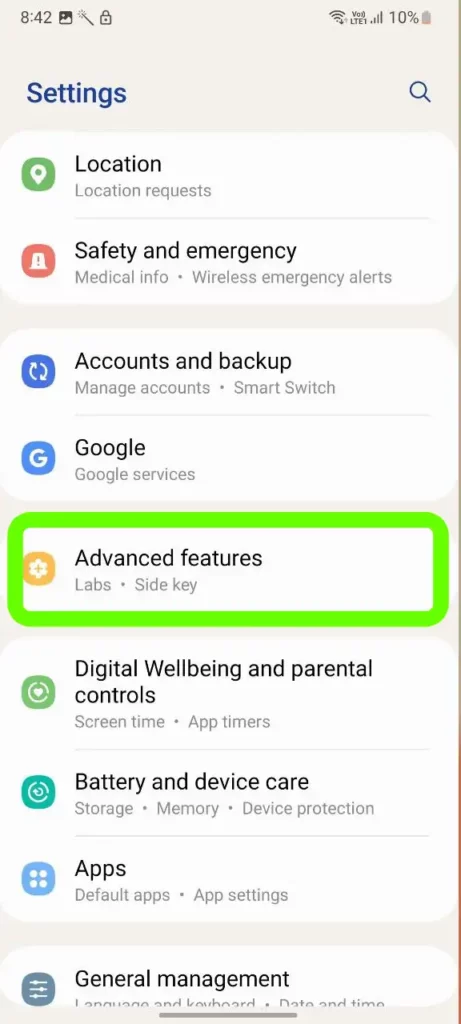
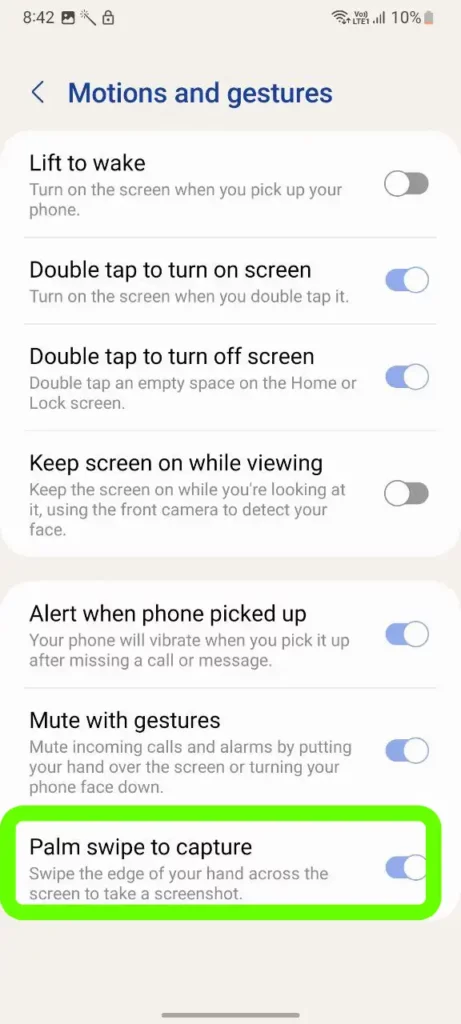
- Take a screenshot: Place your hand vertically on either side of the screen, then swipe across the screen from one side to the other as if you were taking a photo.
How To
How to enable Ethernet tethering on Samsung Galaxy A53 smartphone

Are you looking to learn how to ethernet tethering your Samsung Galaxy A53? With the ability to ethernet tethering, you can share your mobile data connection with other devices, allowing them to access the internet without a Wi-Fi network. Ethernet tethering has traditionally been done using Wi-Fi connections, but with the latest technology, you can now set up tethering using Ethernet connections.
In this guide, we’ll walk you through the steps of setting up Ethernet tethering on your Samsung Galaxy A53 smartphone. We will also discuss some of the benefits and drawbacks of using this method compared to other ways of tethering.
Enable Ethernet tethering on Galaxy A53 smartphone
- First, go to “Settings“

- Then, click on “Connections“

- Now, you will see “Mobile Hotspot and Tethering” Option, click on it.

- Then, enable “Ethernet tethering“.
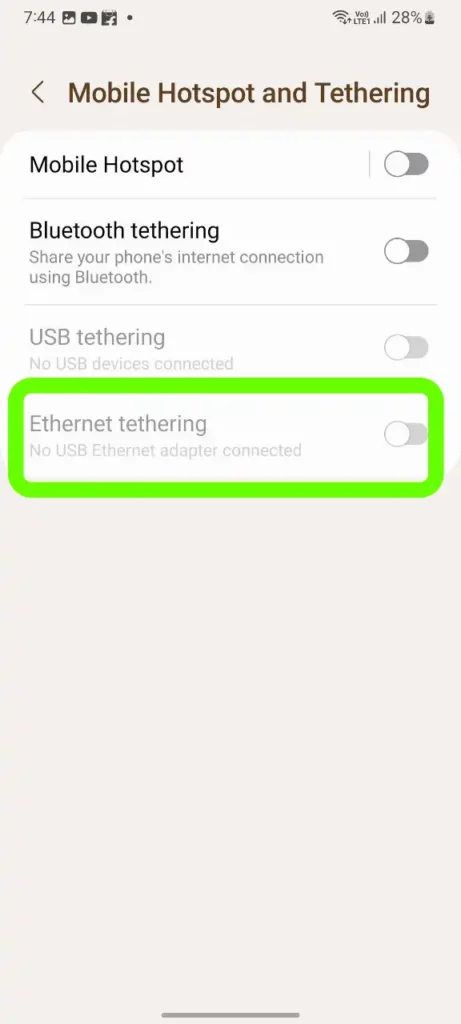
We hope that this article has been able to provide you with some helpful tips and tricks for How to enable Ethernet tethering on Samsung Galaxy A53 smartphone. Now you can share your experiences or capture important information without any hassle!
News
Fix: Samsung Galaxy Z Flip 3 user facing WiFi connecting Issue

Tech enthusiasts across the world have been going wild since Samsung announced the launch of the much-anticipated Samsung Galaxy Z Flip 3. From its impressive design to its cutting-edge features, this latest smartphone model is a must-have device for tech savvy users.
Unfortunately, however, some users have reported facing issues in connecting to Wifi networks with their smartphone. If you’re having trouble getting connected with your Galaxy Z Flip 3, don’t worry – we’ve got you covered! In this blog post, we’ll be taking a look at how to fix user-facing WiFi connecting issues on your Samsung Galaxy Z Flip 3. Let’s get started!
How to fix Galaxy Z Flip 3 WIFI not working issue
Restart your device
If your Samsung Galaxy device is not connecting to WiFi, the first thing you should try is restarting your device. To do this, simply power off your phone and then turn it back on. This should fix the problem if it was caused by a temporary glitch.
Toggle the Airplane Mode
If your Samsung Galaxy device is having trouble connecting to WiFi, one of the first things you should try is toggling the Airplane Mode. This setting turns off all wireless connections on your phone, which can sometimes be the cause of the problem. To toggle Airplane Mode, simply pull down the notification shade and tap on the Airplane Mode icon.
Restart Wifi Connections
If your Samsung Galaxy device is having trouble connecting to WiFi, you can try restarting your WiFi connections. To do this, go to Settings > Network & Internet > WiFi and toggle the WiFi off and on. You can also try forgetting the WiFi network and then reconnecting to it. If you’re still having trouble, you can try resetting your device’s network settings. To do this, go to Settings > General Management > Reset > Reset Network Settings.
Connect a different device
If your Samsung Galaxy device is having difficulty connecting to your WiFi network, there are a few things you can try. First, try connecting a different device to the WiFi network. If that device is able to connect without any problems, then the issue is most likely with your phone and not the WiFi network.
Check update
If your phone is having trouble connecting to WiFi, the first thing you should do is check for any available updates. To do this, go to Settings > About device > Software update and see if there are any updates available. If there are, install them and see if that fixes the problem.
Restore Factory
If your Samsung Galaxy device is having trouble connecting to Wi-Fi, you can try restoring the factory settings. This will reset all of your network settings, including your Wi-Fi passwords, so make sure to write them down before you begin. To restore your Galaxy S Ultra to its factory settings:
- Open the Settings app and tap “General management.”
- Tap “Reset.”
- Tap “Factory data reset.”
- Tap “Reset device.”
- Enter your PIN or password if prompted.
- Tap “Continue.”
- Tap “Delete all.”
Could It Be A Hardware Issue?
If your phone is having trouble connecting to WiFi, it could be a hardware issue. So you should visit Samsung customer care centre for repair your device.






